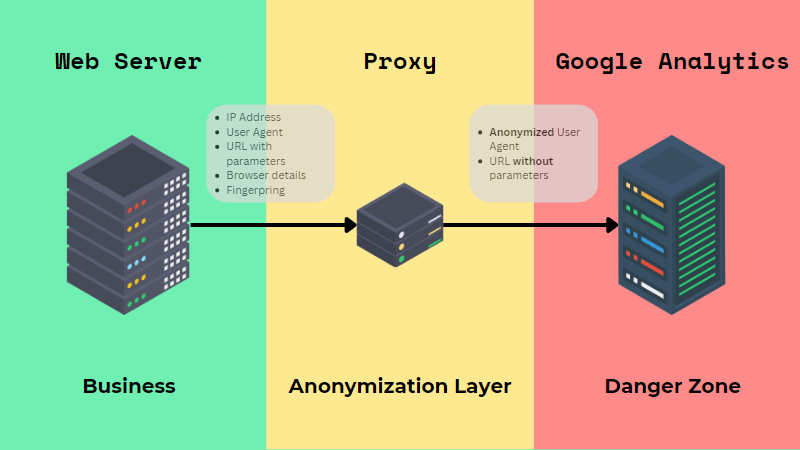Grasping the Art of Conquering Data Collection Limitations in Google Analytics for Better Decision-Making
In the realm of electronic analytics, the ability to extract purposeful insights from data is vital for informed decision-making. By using advanced techniques and calculated strategies, companies can elevate their data quality, unlock concealed insights, and lead the means for even more reliable and enlightened choices.
Data Quality Evaluation
Data high quality assessment involves assessing various aspects such as accuracy, efficiency, uniformity, and timeliness of the data. One key facet to think about is data precision, which refers to just how well the information mirrors the real worths of the metrics being gauged.
Completeness of data is an additional vital element in assessing information quality. It entails making sure that all essential data factors are gathered which there are no spaces in the information. Insufficient information can alter analysis outcomes and impede the capability to get a thorough view of individual habits or internet site performance. Uniformity checks are likewise crucial in information top quality assessment to identify any kind of discrepancies or abnormalities within the information collection. Timeliness is equally vital, as obsolete information may no more matter for decision-making procedures. By prioritizing information high quality analysis in Google Analytics, organizations can boost the reliability of their analytics reports and make even more informed choices based upon exact understandings.
Advanced Monitoring Techniques
Making use of advanced monitoring strategies in Google Analytics can substantially boost the depth and granularity of information gathered for more extensive evaluation and insights. One such technique is occasion monitoring, which permits for the tracking of details interactions on an internet site, like clicks on switches, downloads of documents, or video clip sights. By implementing occasion monitoring, organizations can gain a deeper understanding of customer habits and involvement with their online content.
Additionally, custom dimensions and metrics provide a means to customize Google Analytics to details organization demands. Personalized measurements enable the development of new data points, such as individual roles or customer segments, while personalized metrics allow the tracking of one-of-a-kind performance indications, like earnings per individual or typical order value.
In addition, the application of Google Tag Manager can streamline the execution of monitoring codes and tags across a site, making it less complicated to manage and release advanced monitoring configurations. By utilizing these sophisticated tracking techniques, businesses can open beneficial insights and optimize their on the internet approaches for far better decision-making.
Custom-made Dimension Execution
To improve the depth of information gathered in Google Analytics beyond advanced monitoring techniques like occasion tracking, organizations can execute personalized dimensions for even more tailored understandings. Custom-made dimensions allow businesses to specify and gather specific data factors that relate to their distinct objectives and goals (What Data Does Google Analytics Prohibit Collecting?). By assigning custom-made dimensions to different components on a site, such as user communications, demographics, or session details, organizations can acquire an extra granular understanding of how individuals involve with their online buildings

Acknowledgment Modeling Techniques
Reliable acknowledgment modeling is important for understanding the influence of numerous marketing channels on conversion courses. By using the right attribution version, businesses can precisely connect conversions to the ideal touchpoints along the customer journey. One typical attribution version is the Last Communication model, which gives credit score for a conversion to the last touchpoint a user communicated with prior to transforming. While this model is very easy and straightforward to implement, it frequently oversimplifies the customer journey, ignoring the influence of various other touchpoints that added to the conversion.
Information Testing Avoidance
When dealing with large quantities of data in Google Analytics, getting over data sampling is necessary to ensure precise understandings are derived for notified decision-making. Data tasting happens when Google Analytics approximates patterns in information rather than examining the full dataset, potentially leading to skewed results. By taking these positive actions to minimize data sampling, companies can Discover More remove a lot more accurate understandings from Google Analytics, leading to far better decision-making and improved general efficiency.
Conclusion
In conclusion, mastering the art of conquering data collection restrictions in Google Analytics is crucial for making notified decisions. By performing a comprehensive data high quality analysis, applying sophisticated monitoring strategies, making use of personalized measurements, employing acknowledgment modeling approaches, and preventing data sampling, organizations can ensure that they have trustworthy and exact data to base their choices on. This will inevitably bring about extra effective methods and far better end results for the company.
